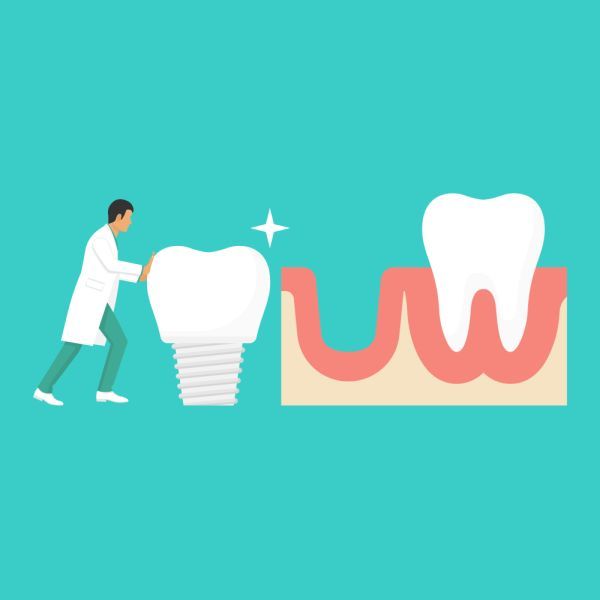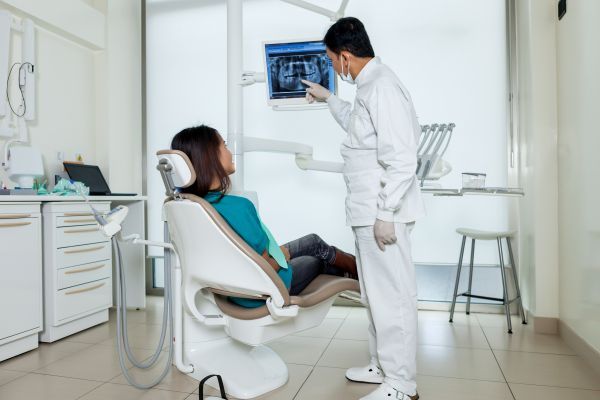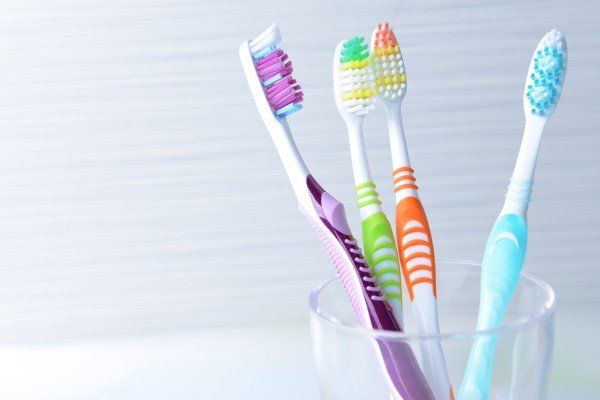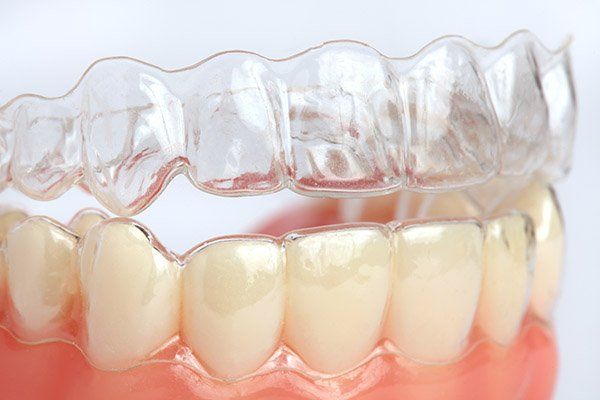How to Tell If Dental Implants Are Right For You
- By Mark Melevsky, DMD
- •
- 13 Mar, 2019
- •
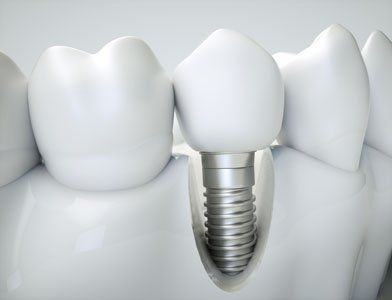
People with missing teeth as a result of infection, trauma or age may wonder if dental implants are the right fit for them. While dental implants can greatly improve one’s smile and the overall function of one’s teeth, some people may still be skeptical of dental implants. For patients in need of a fully functional and aesthetically pleasing smile, dental implants may be the best option. Here are all of the steps toward getting a dental implant.
VISIT A DENTIST
The first step if one loses or breaks an adult tooth is to seek a professional dentist and attempt to repair the natural tooth. If the natural tooth is beyond saving, the dentist will have to remove any pieces left in the mouth and then recommend dental implants. A dentist will be able to go over the possible options and make a recommendation.
The dentist will go over if dental implants are the best choice for the patient since, “Chronic illnesses, such as diabetes or leukemia, may interfere with healing after surgery.” If the patient is not in strong enough health, then a dental implant will not be a good option.
BEGIN THE DENTAL IMPLANT PROCEDURE
For a dental implant procedure, “the dentist surgically places the implant into the jawbone,” mouthhealthy.org writes, adding that “the bone around the implant heals in a process called osseointegration.” This process fuses the titanium implant to the bone to create a sturdy foundation. The foundation will allow people to eat what they like with no restrictions.
The procedure itself may not take more than one to two appointments. At the first appointment, the dentist will take X-rays of the patient’s teeth and then place the implant at the second appointment. The dental implant will match the shape and structure of the patient’s teeth as well.
COVERING THE IMPLANT
In most cases of a single-tooth replacement, the dental crown is the most likely option. A dental crown covers the dental implant and allows people to use the implant as a normal tooth. “The crown will be based on size, shape, color and fit, and will be designed to blend in with your other teeth.” Mouthhealthy.org writes.
Once the implant is complete, and the dentist places the crown, the patient will be able to have a functional smile again. The dental implant will appear and act as a natural tooth does. The patient will have no restrictions on what he or she can eat. Overall, dental implants are one of the better options to replace a missing tooth.
TAKING CARE OF THE IMPLANT
The American Academy of Implant Dentistry, AAID, states that with dental implants allow a patient to “Brush, floss and care for teeth that have been replaced using dental implants exactly the way you would natural teeth – in your mouth.” Dental implants do not require any extra care than one provides his or her other teeth.
Dental implants can also last much longer than other dental restorations. “While dental implants may need periodic adjustments, they can last a lifetime when properly placed and cared for over time,” the AAID adds. Patients only need to keep an eye on the dental implants and make sure they are in decent condition.
If you or a loved one struggle with a gap from a missing tooth or are in need of a dental implant, do not hesitate to call and schedule a consultation. We will examine the teeth and decide if a root canal is the best treatment for you or your loved one.

